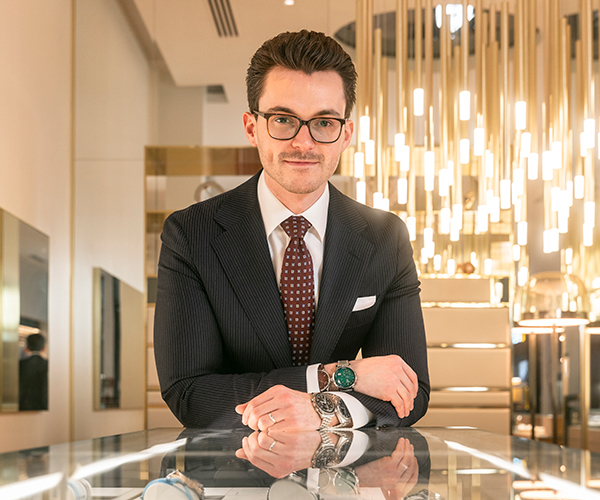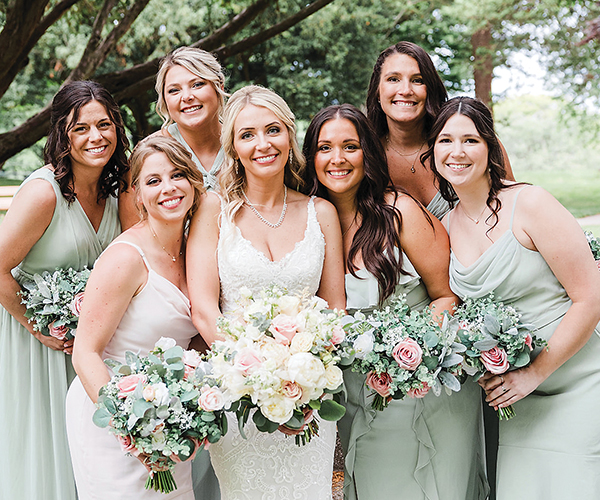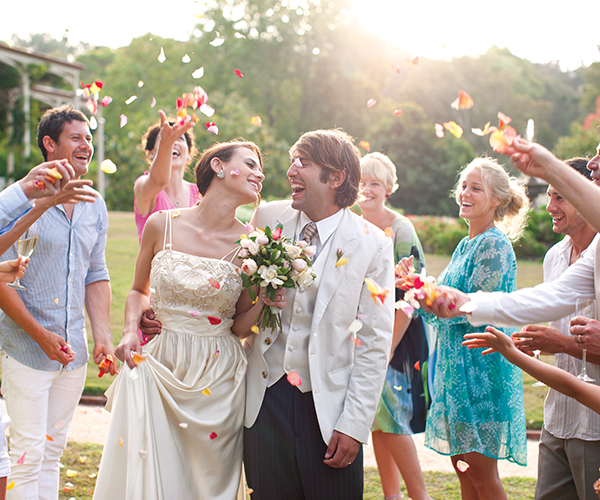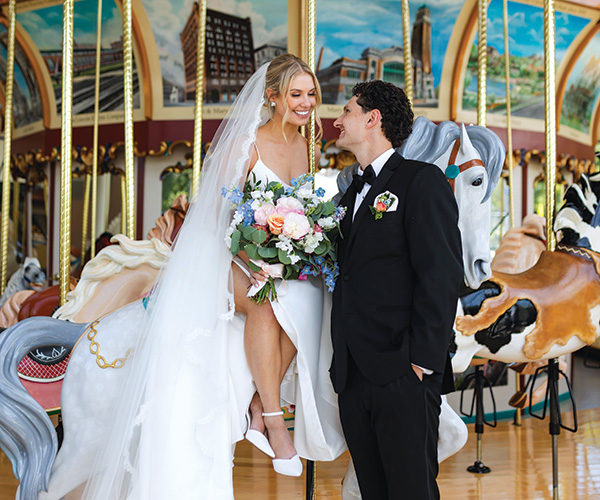A King's Castle
by Kristen Hampshire | Jan. 24, 2007 | 5:00 AM
“When people hear ‘castle,’ they think of a cold and damp space,” says Kevin Dreyfuss-Wells, a project manager with City Architecture in Cleveland. Their charge: Combine the best of both worlds — a dual tribute to Ireland’s fortresses and the green-building movement.
The two-story, modern-day Irish castle that welcomes guests to this year’s Home & Garden Show offers a surprising blend of historic and futuristic design. “The home has some of the visual qualities of a castle outside,” says Dreyfuss-Wells, “but inside it is warm and comfortable: lots of light, open space and lots of very modern living features.”
City Architecture borrowed features from a classic Irish farmhouse and blended that utilitarian, simplistic design with majestic castle features. The home also integrates green features, from solar panels to Energy Wise wall systems. Composed of galvanized steel and expanded polystyrene, the castle’s structural components are three times more efficient than a stick-built home, notes Joe Gallo, president of Energy Wise Building Systems in Cleveland.
“Expanded polystyrene has no thermal break whatsoever, so there is no heat transfer from the outside to inside,” Gallo explains. The wall sections are prefabricated in a controlled environment, and once on the site they can go up in a few days.
Reflecting ideals that center on limiting human impact on the environment, the castle’s floor plan is compact.
“The home has a fairly small footprint,” Dreyfuss-Wells relates, noting the design focuses on efficient, smart use of space. “The plan has such an open and flowing, connected dimension to it that it really has a feeling of being larger than it is.”
Inside, each element serves a discrete purpose. Windows are positioned to optimize sunlight and capture energy. Flexible spaces adapt to various lifestyles. Interesting design — a round room, a garage studio space, a rooftop terrace — is also functional. And materials are “tight” and don’t allow heat or cool air to escape.
Solar panels deliver natural heat to the home. The roof pitch and open areas of the home encourage natural airflow — hot air rises and warms the upstairs. In the summer, heat rises in that space and is vented throughout the rest of the house. During winter, the highly insulated home will retain heat, which is pumped in through a geothermal system.
Polished concrete floors, exposed-stone walls, built-in shelving, high-performance appliances and an efficient wood stove are among the castle’s interior highlights.
The garden surrounding the castle features hard-scape and a lot of green — ferns and hostas. Ireland is “hills and rocks and potatoes,” describes Brad Thimke Sr., designer for Don Mould’s Plantation in North Ridgeville, and project manager for the feature landscape. A bog area around the castle will lend ideas to home-owners who live in wetland areas. “And a lot of developments now are built in wetland areas where there are plants that must tolerate having wet feet,” Thimke points out.
A perennial garden and evergreens provide practical planting suggestions. “A mixture of evergreens, which are very hardy plants, provide color year-round,” Thimke points out. “And perennials can change with the seasons.”
The ultimate goal is escape within reach: a green home that accommodates any family unit, complemented by a landscape that is just as mindful of regional planting limitations, while still conveying an Irish theme.
“We want everyone to feel like they are in a natural garden in the middle of winter,” Thimke relates.
Trending
-
1
-
2
-
3
-
4
-
5










